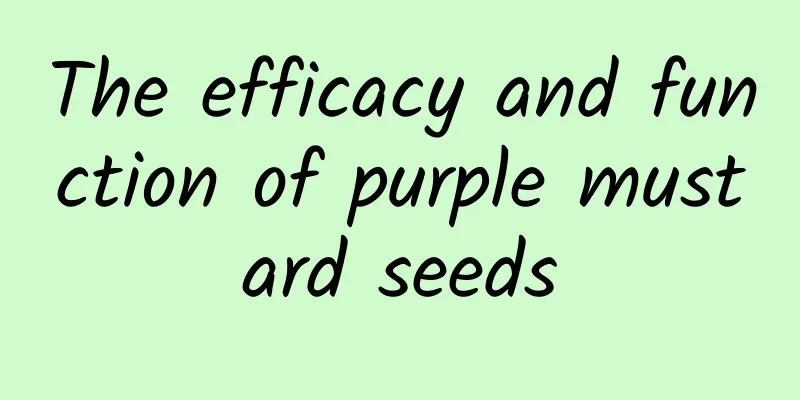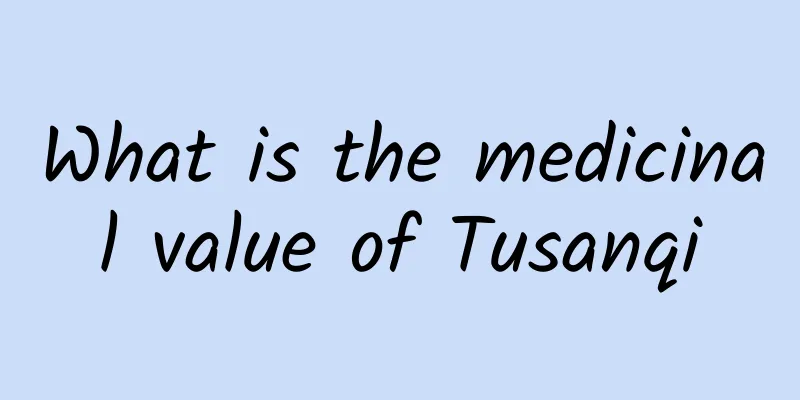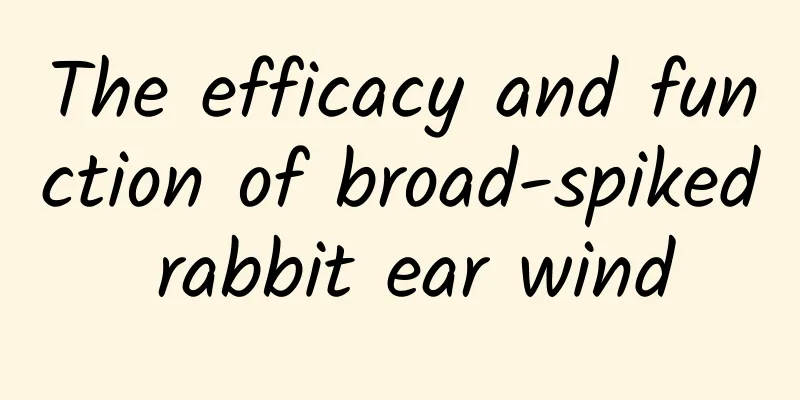The efficacy and function of purple mustard seeds

|
Purple mustard seeds are a type of traditional Chinese medicine. They are very helpful to the human body in treating certain diseases, and this type of medicine is also widely used. When choosing purple mustard seeds, you need to understand their effects, functions and contraindications. Let's take a look at them below. [Source] Medicinal material source: The seeds of the cruciferous plant Shepherd's purse. [Original morphology] Shepherd's purse is an annual herb with a plant height of 10-40cm. Densely covered with simple hairs or two to three-branched stiff hairs. The stem branches from the base and is erect or spreading. Leaves are alternate; petiole is 5-10mm long or nearly sessile; leaf blade is oblong, oblanceolate or nearly elliptic, 2-10cm long, 5-15mm wide, obtuse at apex, cuneate at base, margin with 2-4 pairs of wavy teeth or entire. The raceme has 10-30 flowers, and the axis of the infructescence can be extended to 20cm during the fruiting period; there are 4 sepals, erect, narrowly oblong, 8-10mm long, green or purple, with white edges, pubescent on the back, and the bases of the 2 outer ones are slightly sac-shaped; there are 4 petals, purple or pink, oblong, 10-12mm long, 1.5-2mm wide, obtuse at the apex, and clawed at the base; there are 6 stamens, 4 long and 2 short, the long stamens are 6-7mm long, the short stamens are 5-6mm long, the filaments are linear, and the anthers are nearly elliptical; there is 1 pistil, the ovary is thin cylindrical, and the style is not obvious. The silique is slender cylindrical, slightly 4-sided, 2-4cm long, 1-2mm wide, hard, densely covered with long simple hairs and forked hairs, a few are glabrous, with a short awl-like beak at the tip and a short stalk at the base. There is one row of seeds in each chamber, which are light brown, oblong and slightly flattened, and about 1 mm long. Flowering and fruiting period is June to August. [Habitat distribution] Ecological environment: Growing on roadsides, wastelands, fields, hillsides and canal banks at an altitude of 400-2800m. [Properties] Identification of properties: The seeds are oblong and slightly flattened, about 1mm long, light brown in color, with a visible hilum at one end. After removing the seed coat, two thick cotyledons can be seen, which are oily and folded against each other, with the cotyledons leaning against the radicle. It has a faint smell and tastes bitter and spicy. 【Chemical composition】 The seeds contain fatty acids and sinapine. 【Nature and flavor】 Bitter; pungent; cold 【Functions and indications】Expel phlegm and relieve asthma; drain the lungs and promote the circulation of water. It is used for cough, sputum, pleural effusion, chest and flank distension, and lung abscess. [Usage and Dosage] For oral use: decocted in water, 3-9g. 【Excerpt】 Chinese Materia Medica Through the detailed introduction of purple mustard seeds, I believe everyone has a certain understanding and can better improve our common sense in life. |
<<: The efficacy and function of Sedum purpurogenum
>>: The efficacy and function of purple-backed aster grass
Recommend
Storing umbilical cord blood for tens of thousands of yuan, is this really a commercial scam involving "stupid people with lots of money"?
Produced by | Eye Health is Real Author | Chen Zh...
What are the contraindications of tonic Chinese medicine?
Autumn and winter are the best time to nourish th...
The efficacy and function of Nux vomica[picture]
Modern medical research believes that Strychnos n...
Are these popular gifts really so "magical"?
Expert of this article: Pa Lize, chief physician ...
The efficacy and function of golden flower grass
Golden flower grass can not only supplement the b...
Taobao data: 2012 Taobao New Year Market Report
According to statistics from Taobao, since the la...
The efficacy and function of bitter vine
Bitterroot is a common Chinese medicine with many...
The efficacy and function of Eucalyptus globulus
Eucalyptus foetida is a medicinal material freque...
Far beyond human imagination! More than 500 million years ago, "sponges" swam on the seabed?
□ Feng Weimin Sponges are the most primitive mult...
The efficacy and function of Pteris heterophylla
I don’t know if you are familiar with the Fern, a...
The efficacy and function of Forsythia suspensa root
As we all know, Forsythia root is a very common m...
What are the benefits of soaking wild watermelon in wine?
Have you ever heard of wild watermelon? In fact, ...
The Birth of the Earth's "Sculptor"
The movement of glaciers constantly "carves&...
Picking your nose can cause Alzheimer's disease? Research confirms that it is true!
Do you think you can just dig gently and everythi...
Will you develop color blindness later in life? You must know these misunderstandings
This is the 2552nd article of Da Yi Xiao Hu Color...









